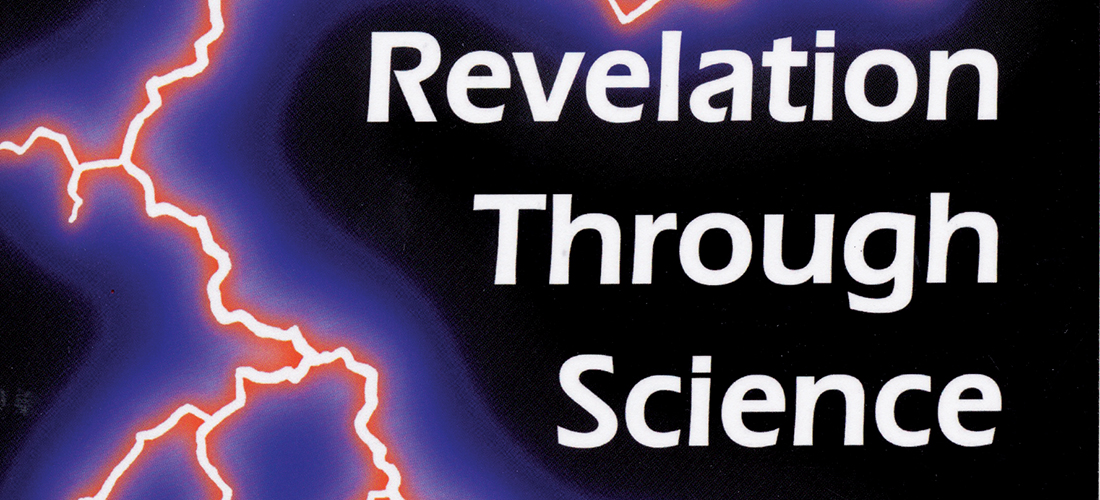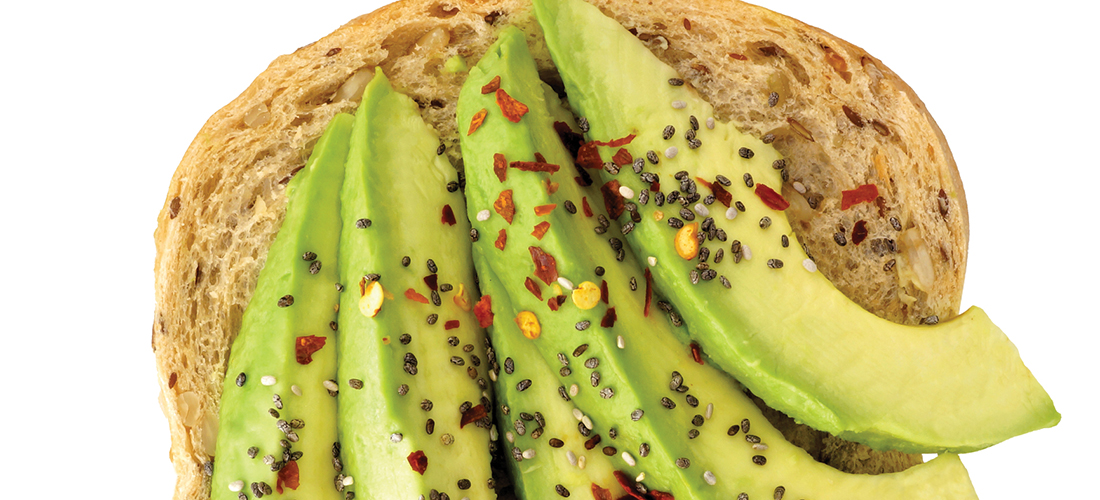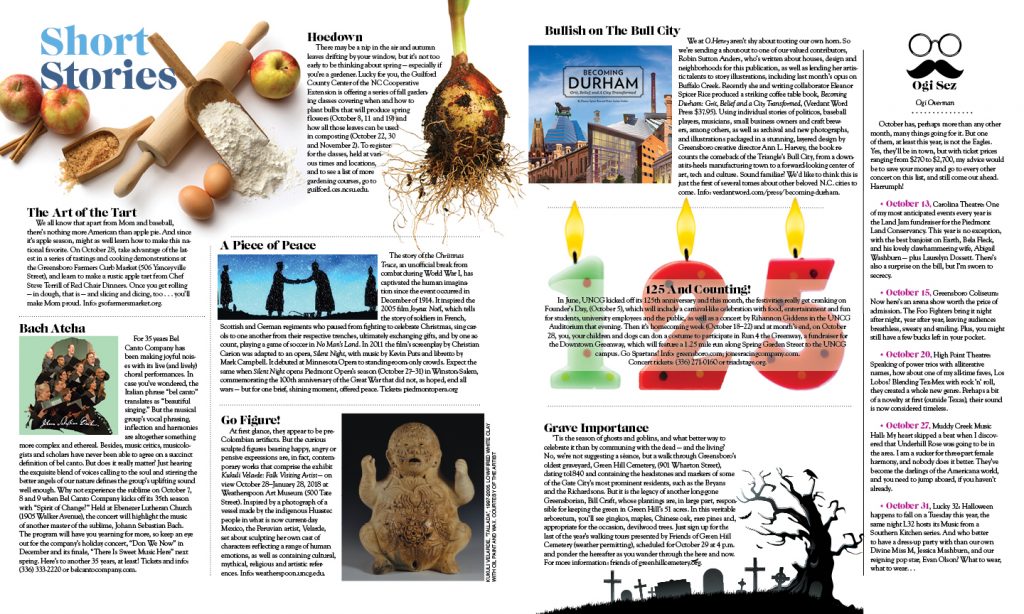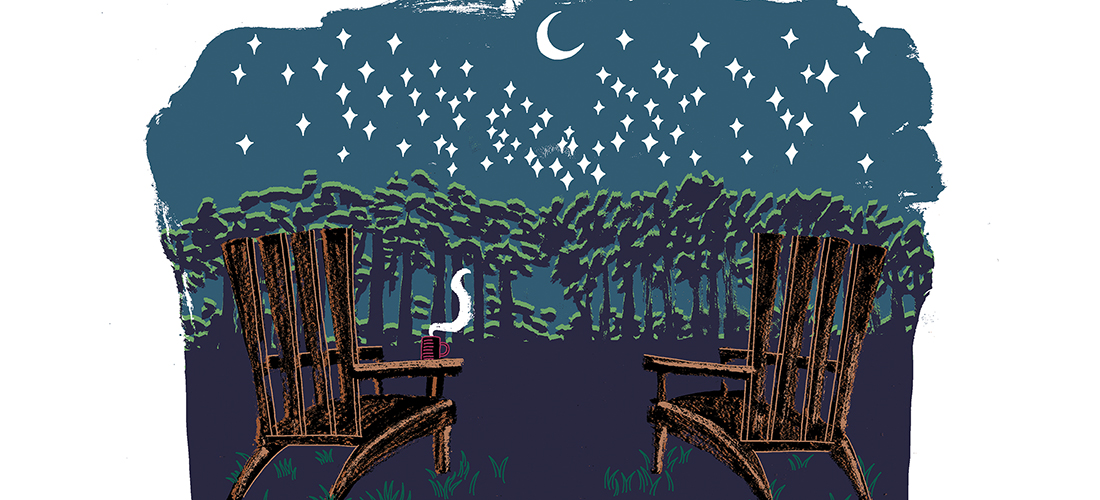The Creative Ferment
On the Trail of Kombucha and Avocado Toast
By Maria Johnson
I fancy myself an open-minded person, especially when it comes to matters of the palate.
I’ll taste or drink almost anything once, especially if it claims to keep you healthy. Heck, I’ll even learn to pronounce it.
For example, in the early aughts, I dabbled in acai (ah-SIGH). The proponents of this purple berry claimed that it promoted clear skin, a chipper immune system and snappy thinking while reducing various irritations, including the one that comes with training yourself to say ah-SIGH instead of AKAY.
Later, I was down with quinoa (KEEN-wah), the high-protein grain that keeps your blood sugar low and your innards marching along.
More recently, I was game for matcha (MACHA), the green tea powder that a friend promised would set me afire with energy. Why this seemed like a good idea to me, I’m not sure. I’m a pretty energetic person to start with. But I tried it.
BZZZZZZZZZZZZZZZZZ!!!!!! BZZZZZZZZZZZZZZZ!!!!
Too mucha for me.
So naturally, I was curious when the subject of kombucha (com-BOOCHA) came up a few months ago in a conversation with some twentysomething folks.
“Tell me about the kombucha,” I said. From the looks on their faces, I knew that I had crossed into old ladydom. I had placed the article “the” in front of a noun I knew nothing about. It was like my mom asking me to help her with
The Google.
They were gracious. They explained that kombucha is a fermented tea that a) some people tolerate and b) some people think is vile. They contorted their faces into Mr. Yuk expressions. It did not seem like a great sales pitch to me.
At the same time, I learned that kombucha is sometimes paired with avocado toast (familiar words, sigh of relief). I also found out that an Australian millionaire, whom I imagine also puts “the” in front of nouns he knows nothing about, had offended millennials by saying they could not afford to buy houses because they indulged in overpriced avocado toast.
I wanted to say, “Well, he does have a point there, about daily spending habits . . .” but decided my cred with The Young People had suffered enough.
A few weeks later, a high school student was telling me about visiting her older sister in Los Angeles.
“What did y’all do?” I said.
“Well, she and her friends are yoga girls, so we drank kombucha and ate avocado toast,” she said with a wry smile.
That did it. I had to try kombucha and avocado toast. With someone. But not just anyone. Someone with refined taste buds. Someone who would tell
the truth. Someone who would waste a morning with me. Someone like my friend Carter.
I appealed to her over a nonhealthy lunch.
“Will you try kombucha with me?” I asked.
“That crap made with algae?” she said.
“It’s not made with algae.”
“Yes, it is,” she said. “They ferment it with algae, then skim the scum off, and serve it to people like you.”
“It’s not algae,” I maintained.
“Yes, it is.”
“No, it’s not.”
“Yes, it is.”
“Will you go with me?”
“No”
“Please?”
“No.”
“What if we eat avocado toast with it?”
She stopped chewing her sweet-potato fries and fixed me through squinty eyes.
“You know what that is, right?” I coaxed. “It’s basically guacamole. Mmmm. Guacamohhhhh-leeeee.”
Her gaze narrowed.
“OK,” she said.
Off we went one Friday morning. I had sniffed out a coffee shop near UNCG that, according to its website, served locally made kombucha.
Alas, the young woman behind the counter told us the kombucha queen had left the hive. Also, they did not serve avocado toast.
We rolled our eyes in first-world disappointment.
“Look, we’re on a mission to be hip,” I told the young woman. “You’ve got to help us.”
She studied us, a huddled mass of middle-aged moms yearning to be cool, with a look that said, Am-I-being-punk’d? She suggested that we look downtown.
On the way, we tried another place, a neighborhood bakery. Yes, they served coffee. No, they did not serve kombucha.
Why ever not?
“It’s terrible,” the manager said matter-of-factly.
We nodded in understanding. And where could we get some of this terribleness?
She suggested a tea shop downtown.
On the way, Carter read from her phone, educating us about kombucha. An ancient Japanese tea, it’s supposed to impart a host of healthy benefits. Apparently, your intestinal flora, which are a critical part of your immune system, do a happy dance whenever they’re drenched in kombucha, which is brewed with a gelatinous disc of yeast and active bacterial cultures. The disc is known by the acronym SCOBY.
“What does that stand for?” I asked.
“Stuff composed of bacterial yuck, I guess,” said Carter, only she did not use the word “stuff.”
We pulled up to the tea shop, which appeared to be a bar. It also appeared to be closed.
“Maybe it’s a kombucha speakeasy,” said Carter. “Go to the door and say, ‘SCOBY.’ “
I pressed my nose to a window in the door and cupped my hands around
my eyes.
The inside did not look like a kombucha-ry.
It was time to fall back on an old reporter’s trick: Ask random people.
I zeroed in on a guy whom Carter, a devotee of true-crime TV, immediately profiled as a police officer, maybe because he was wearing a laminated badge on his belt and walking toward the police department. Carter shook her head at my folly, staying several paces away in an I-don’t-know-her posture.
“Excuse me,” I said to the municipal fellow. “Do you know any place around here that serves kombucha?”
He promptly directed us to Scuppernong, the independent bookstore on South Elm Street. He said that he had tried kombucha and liked it, but that some people didn’t care for it.
“It’s kind of vinegary,” he said.
I rejoined Carter, who was thunderstruck.
“Never judge a detective by his cover,” she said as we hoofed it over to Scuppernong. Jackpot. A barista named Rachel opened a cold bottle of UpDog Kombucha, which is made in Winston-Salem in (what else?) small batches. Two Wake Forest University grads, both yoga girls, started the line of flavored kombuchas. Their flavors are named after yoga poses.
Rachel filled beer glasses with apple-ginger Wild Thing.
Carter and I made Mr. Yuk faces and looked at each other.
The liquid was cloudy yellow.
Well, here’s SCOBY in your eye.
We picked up the glasses and sipped. Carter’s frown persisted.
I . . . kinda liked it.
It was tart, in an apple cider vinegar sort of way. Slightly sweet. Not bad.
I sipped again. Yeah, I could live in L.A.
Rachel poured us another flavor. This one, called Happy Baby, was lavender-infused. It was clearer yellow and fizzier.
Carter allowed that it was not disgusting. She said kombucha reminded her of the apple cider vinegar concoction that her husband John drank when his knees ached.
Did she want some more kombucha?
“No,” she said. “My knees don’t hurt.”
Did Rachel happen to be harboring any avocado toast behind the bar?
“No,” she said. “But we should. I mean, we have kombucha.”
Carter and I turned to our cell phones. A wannabe’s work is never done.
Finally, we sussed out avocado toast at Clean Juice, a Friendly Center juice bar that whirls together all kinds of interesting ingredients, including religion and smoothies. “I Run on Jesus & Juice,” said a T-shirt for sale there.
I refrained from saying anything about Jesus Christ, king of the juice, as I ordered the avocado toast.
A woman ahead of us was getting take-out avocado toast to deliver to her daughter during high school lunch.
“It’s really good,” she promised. “You’ll love it.”
And we did. The toast was crunchy and nutty, and the spread was buttery and peppery. Conclusion: It’s hard to hurt an avocado.
The juicery did not sell kombucha, however, so we were robbed of the heavenly experience of trying them together. Still, we could see how they might go well — the bite of kombucha balanced against the richness of the avocado.
Balance, we agreed, was critical in food and in life.
I searched the menu for a kombucha substitute.
“Wanna do a shot of wheat grass?” I offered.
“No,” said Carter.
Clearly, I had pushed our friendship to the limit.
She got up to leave. She needed to find balance, she said.
“Where are you going?” I asked.
“McDonald’s.” OH
Maria Johnson and her intestinal floral can be reached at ohenrymaria@gmail.com.






